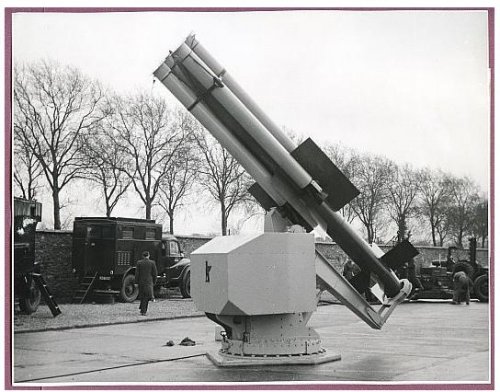AWA was funded 1955-62 to develop an SSM, intended aft on Counties, supplementing (I suggest), not displacing CVA Groups; Seaslug SAM probably survived its glacial gestation (1944 NST; Mk.I at sea, 1962) only to sustain resources for Blue Slug: its Blue Fox/Indigo Hammer warhead was also for Blue Water. BAOR kept Honest John(W-31), later took Lance(W-70), in part to release AWRE/ROFs in 1962 for (to be)WE177 family. I suggest that after Blue Water was chopped 8/62, an RN BW, like a TSR.2 ASM variant, were desperate BAC doodles. No warhead. UK 1960s' GW technology did not include the guidance accuracy which MM38 Exocet later displayed: SSMs were nuclear. So, 9/64, it was settled that CVAs would have (HE) ASMs, AS.37/AJ.168 Martel, and lay-down WE177A(N), on Bucc. S.2.

